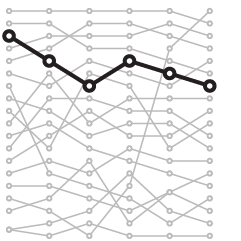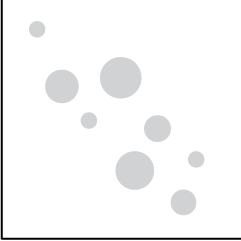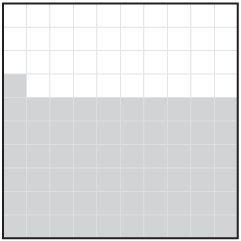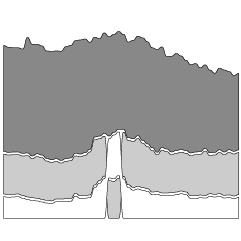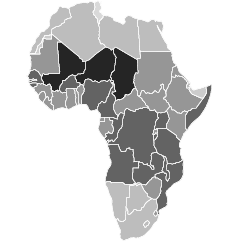So here’s a sport I don’t see or hear much about. F1 racing, which requires a different sort of strength and agility than say football or basketball, has a wide range of ages. Drivers can be in their teens. Some are in their late 40s (and successful). Peter Cook visualized the ages and races of drives through F1 racing history, since 1950.
Each row represents a driver’s career, and each color-coded dash in a row represents a race. Colors indicate wins, a trip to the podium, and a top 10 finish.
My favorite part is the tour on initial load. The interactive points out highlights in the data, such as the youngest, oldest, and drivers of interest.

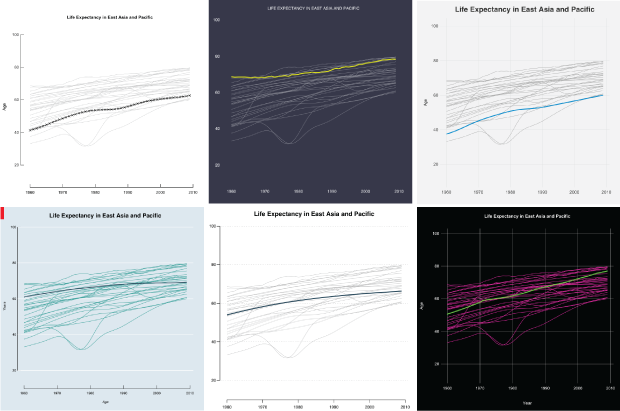

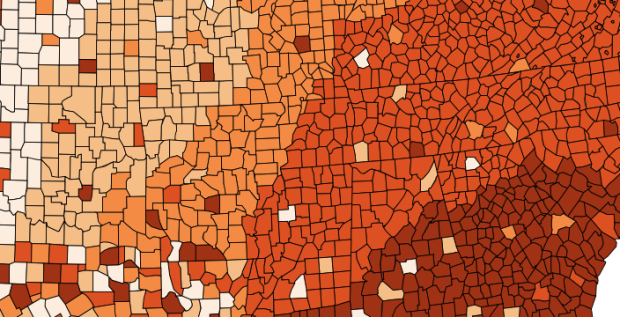


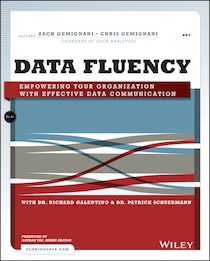

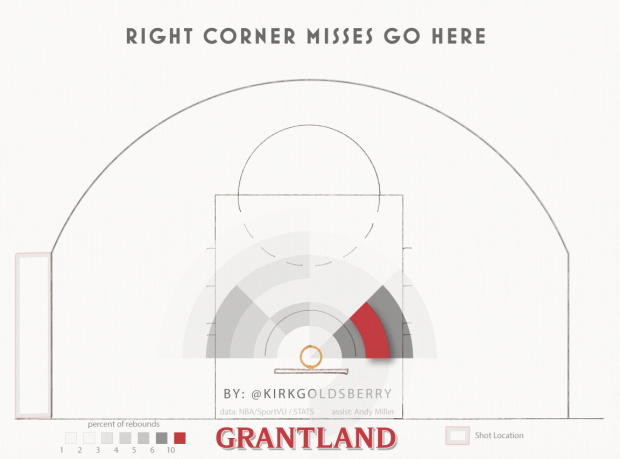

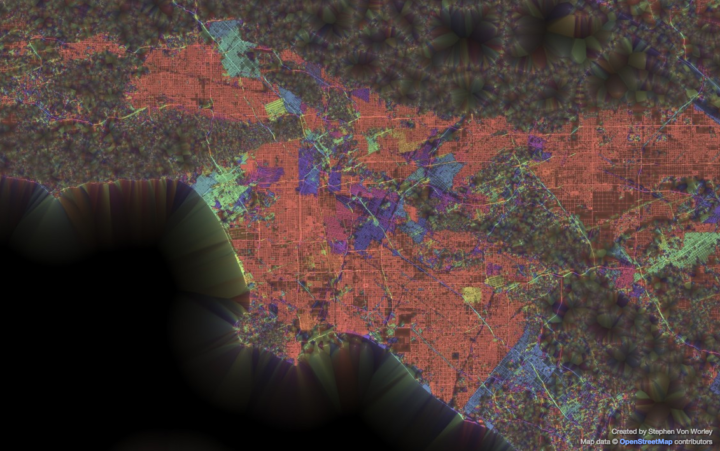
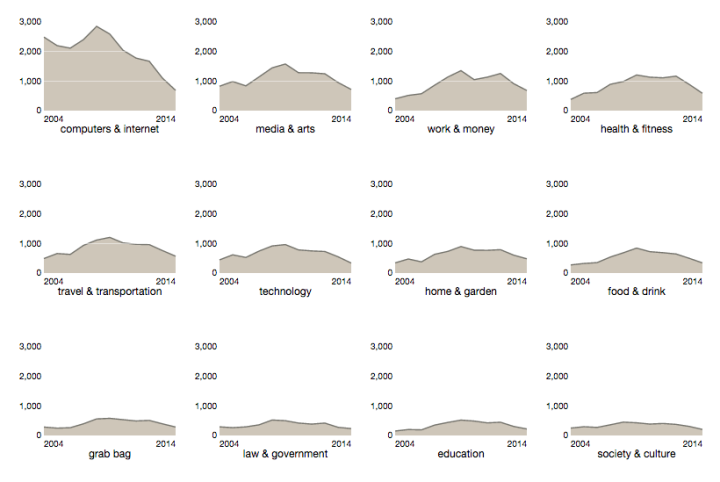
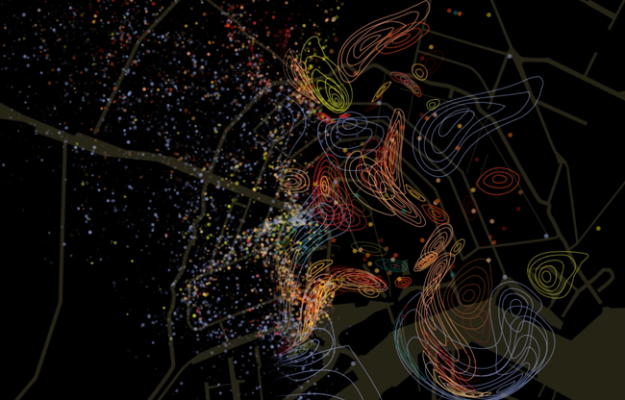

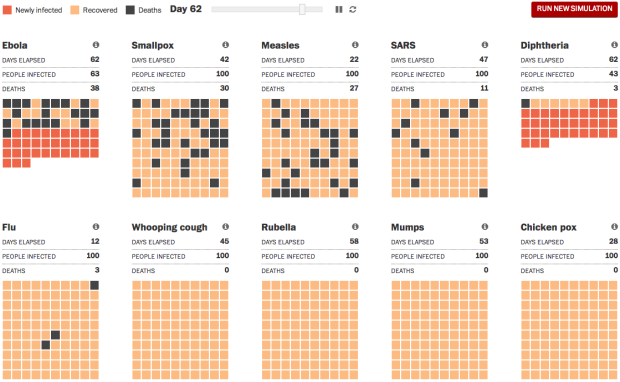
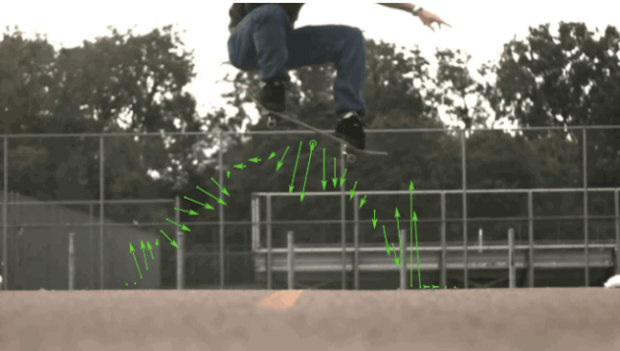

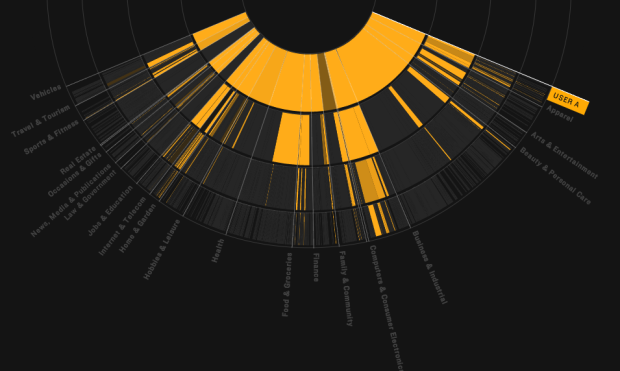
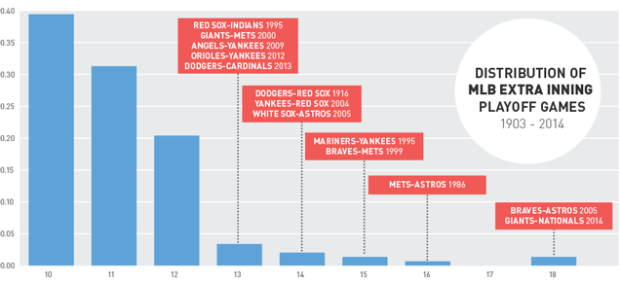
 Visualize This: The FlowingData Guide to Design, Visualization, and Statistics (2nd Edition)
Visualize This: The FlowingData Guide to Design, Visualization, and Statistics (2nd Edition)

